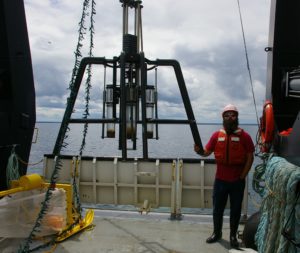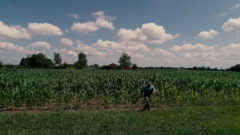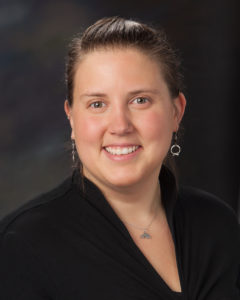New Great Lakes water diversion request
In anticipation of large-scale community growth, the Village of Somers, Wisconsin, submitted a request to divert 1.2 million gallons of water per day from Lake Michigan. Because the village is partially located within the Great Lakes Basin, sign-off is only required from the Wisconsin Department of Natural Resources and not the governors of all states bordering the Great Lakes. Read the full story by Urban Milwaukee.
Great Lakes Commission
https://www.glc.org/dailynews/20210305-diversion





